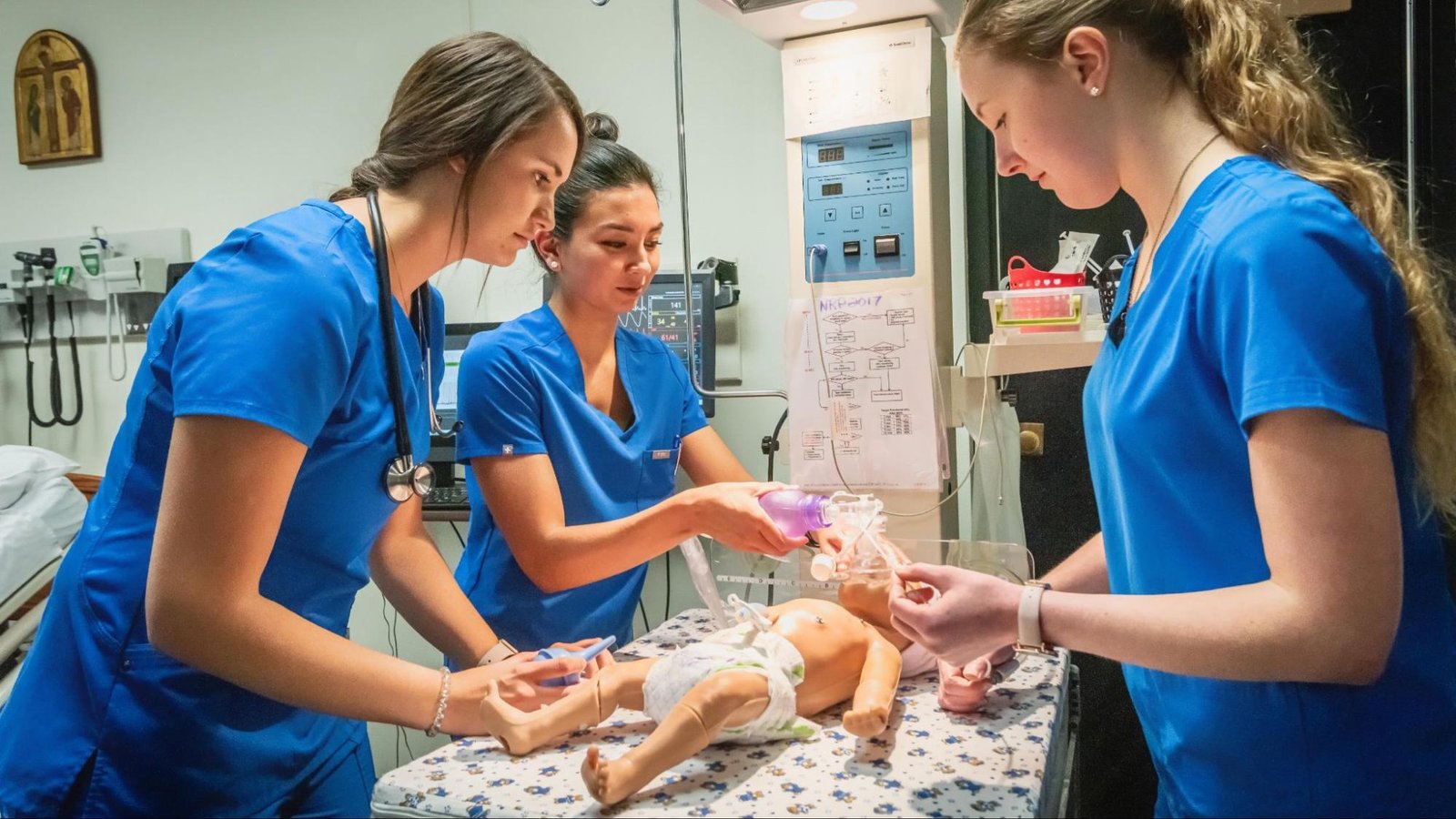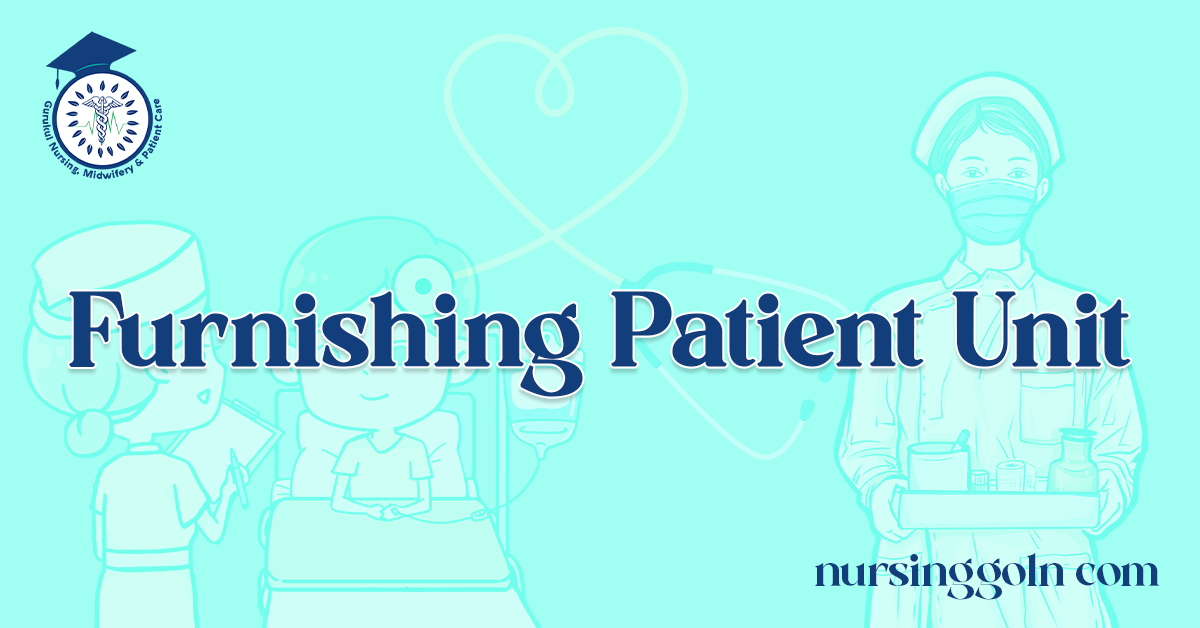Today our topic of discussion is Furnishing Patient Unit. The process of furnishing a patient unit, whether in a hospital, long-term care facility, or home care setting, is a meticulous endeavour that requires careful consideration of both functional and therapeutic needs. The fundamental goal is to create a safe, comfortable, and efficient environment conducive to healing and well-being. Furnishings should be chosen based on their durability, ease of cleaning, and adaptability to cater to diverse patient needs. Patient beds, for instance, should be adjustable and equipped with rails to enhance patient safety.
Seating should provide proper support, and surfaces should be easily sanitized to minimize infection risks. Beyond the pragmatic, the aesthetic elements should also be considered. The colour palette, artwork, and decor can play a significant role in boosting a patient’s morale, reducing stress, and fostering a sense of tranquillity and positivity. In essence, the furnishing of a patient unit should seamlessly integrate practicality with an ambience that promotes recovery and well-being.
Furnishing Patient Unit

Cot or bedstead:
The hospital beds are made up of metal simple in design, light and easily moveable, easy to clean, strong durable with hard rubber castors. Some bed will have side rails to prevent the patient from falling.
Over bed table or cardiac table:
Generally this is used for patients suffering from cardiac diseases to lean and rest forward when he has breathing difficulty. It can also use for eating, reading, and writing and for placing articles for self care.
Bedside locker:
It is used to store the patient personal articles.
Bedside table:
It can be used for taking the meals and other purposes.

Chair and stool:
The chair can be used for the patients when he is out of bed, i.e. while changing the bed linens or bathing W the patients. The workers and visitors should sit on the chair and not on the patient’s bed.
Bedside commode:
It is a chair or wheelchair that has opening in the center of a seat under which a bedpan can be inserted. It is used for defecation and urination. Bedpan and urinals: For a bedridden patient, these are used for defecation and urination.
Sputum cup:
It is used to collect the sputum and spitting. Kidney tray: It is used to collect vomits body fluids and soiled dressings.
Water flask and drinking glasses:
The water flask is filled with drinking water and is given to the patient within his reach.
Plate, spoon, fork, knifes, etc:
These are used to serve the meals for the patient and is kept in-patients unit.
Call signal:
A bell is kept near the patient to call the nurse in his need.
Toilet articles:
Soap with soap dish, toothbrush and toothpaste, mouthwash, comb, etc. are kept in-patients unit. Bucket, mug, basin, etc. are kept in bathroom.
Waste basket:
It is used to collect the rubbish.

Bedding and bed linens:
The mattress and pillows should be firm, thick and smooth and all should have a washable cover. It gives support to the patients. Bed sheets are made up of strong cotton material, which are used to protect the mattress from soiling and to cover the patients;
Draw Mackintosh sheet, extents from the patient shoulder to below knee, made up of rubber or plastic material, which is used to protect the mattress and bottom sheet from soiling. Sometimes Kelley’s pads used in place of a Mackintosh.
Read more:
